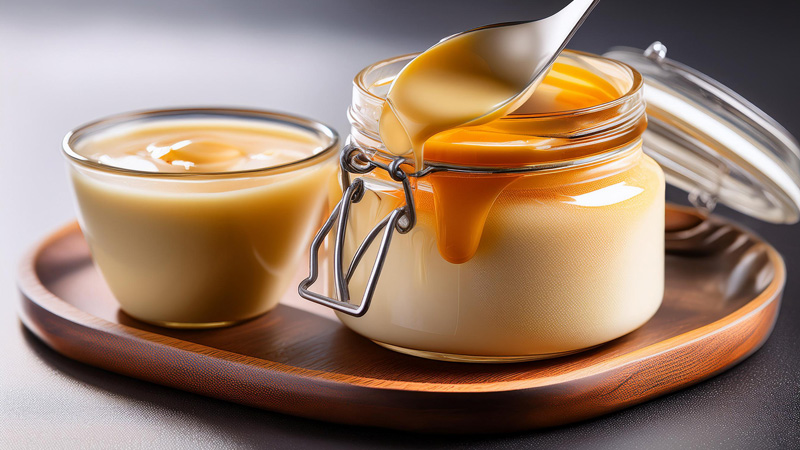The application of cavitation in waste management has been widely studied in other industries; however, in the dairy industry, the development is relatively recent, but is gaining great attention.
The use of cavitation dramatically reduces the reaction time from 24 hours to 40 minutes compared to conventional stirring, with improved efficiency in treating dairy wastewater for enzyme-catalyzed fat removal.
Samples of whey and dairy wash water were subjected to loop cycles and the results were excellent: valuable nutrients were extracted that can be used for pharmaceutical or dietary supplements.
In addition, the treatment significantly reduced the organic and biochemical load in the treated liquids, while also improving their conductivity.
In fact, when cavitation bubbles implode on the surface of solids (such as particles, plant cells, tissues, etc.), microjets and interparticle collisions generate effects such as surface peeling, erosion, particle disintegration, perforation of cell walls and cell membranes.
Furthermore, the implosion of cavitation bubbles in liquid media creates macro-turbulence and micro-mixing.
Modulating the intensity of this phenomenon allows for pasteurizing a fluid or treating waste liquids, thus releasing bioactive molecules that are easily separable.











